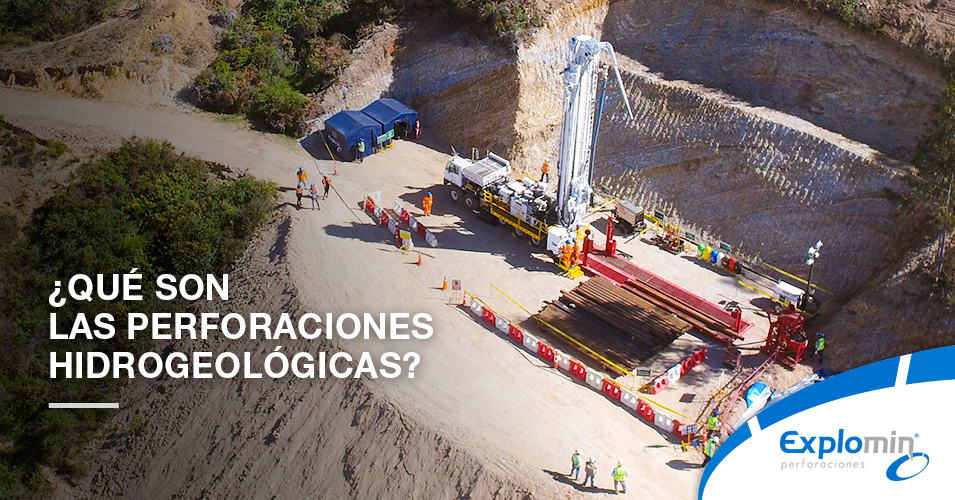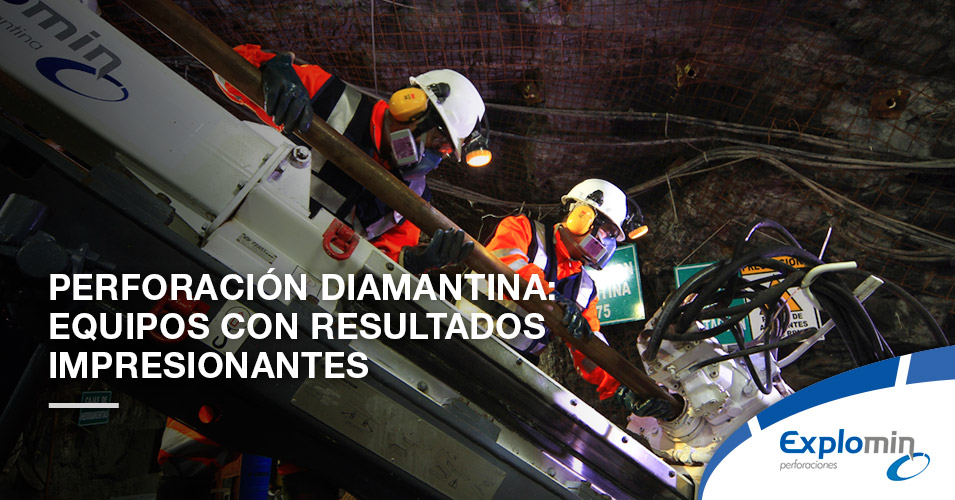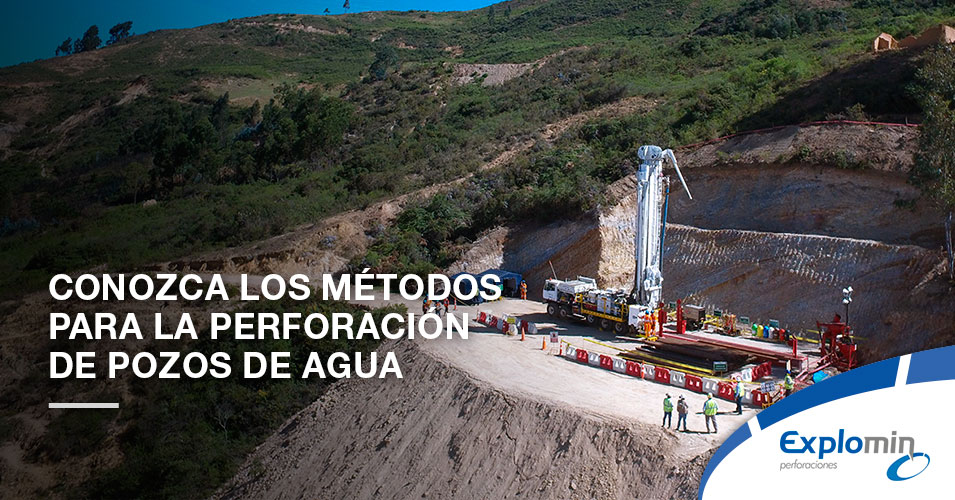The hydrogeological perforations are, generally, vertical perforations that make it possible to extract the water that is in the subsoil. Taking into account that 0.63% of drinking water is found in it, drilling is one of the most efficient methods for supplying this liquid.
In the case of mining works, hydrogeological drilling is necessary before extracting the products. In fact, it is necessary to carry out a hydrogeological study that allows measures to be taken against the industrial activities that are going to be carried out in its surroundings and thus guarantee the quality of the water in the future.
Types of water well drilling
As for hydrogeological drilling, these can be classified into five types, those are: water wells, monitoring wells, tube wells, production wells and drainage wells. Different methods can be used for drilling these wells.
The choice of how the well will be drilled (or excavated) depends on many factors, including the characteristics of the land where the study will be carried out; the depth to which you want to reach, how is the water table; the technical resources of the site; the amount of water that needs to be extracted for the population; the diameter of the excavation, etc.
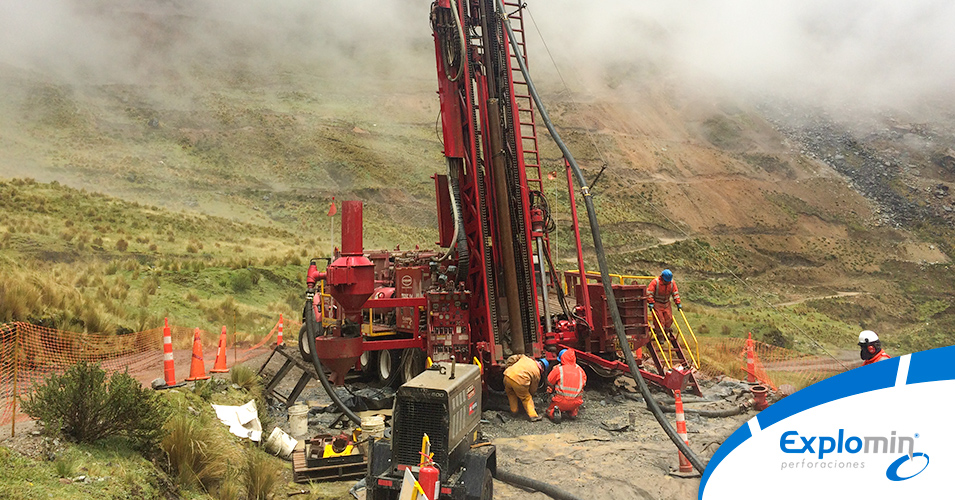
Parts of the hydrogeological study
Drilling are not only carried out when it has been decided to exploit or preserve an underground water reserve, they are also part of the hydrogeological study. To begin with, it is important to map geomorphological zones that are favorable (because of proximity to the population or for drilling).
A second point is to choose a specific exploration area that will be analyzed by expert personnel; thirdly, an even deeper exploration continues with specialized tools to finally drill the intakes in order to evaluate if the place is suitable to support a pump that allows the water to be extracted to the surface.
Two methods used in hydrogeological drilling
On the one hand, the “Casing Advancer” drilling system can be used. This is recommended for excavations in decomposed soil since it allows the lining of the walls until reaching the bedrock.
One of the advantages of this self-adjusting locking bolt system is that it is easy to remove and replace. Due to the benefits it offers, it is the favorite for sampling and control of soils and land. It is also useful for placing underground instrumentation and lining difficult formations.
Another system used in drilling is the “Flooded Well”. It is recommended for perforations that have a diameter greater than the average.
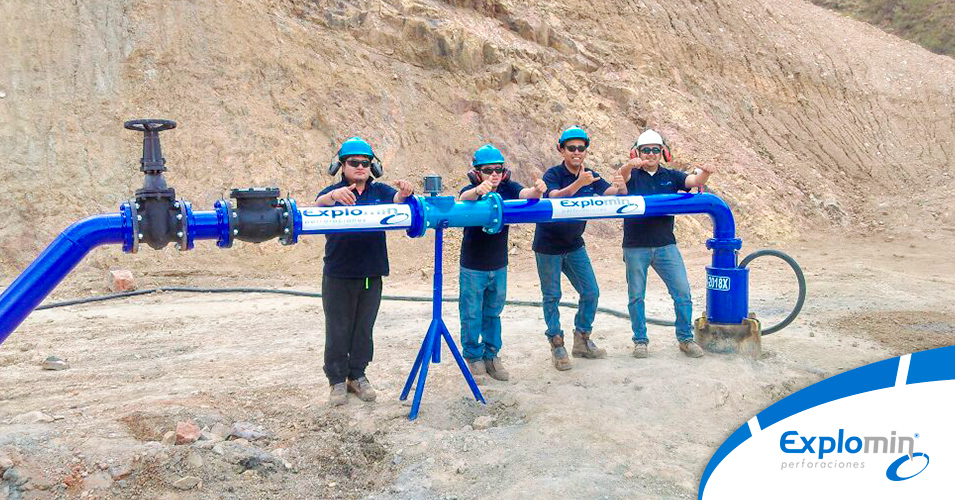
Who can do hydrogeological drilling?
Since the hydrogeological study and hydrogeological drilling are necessary before carrying out different types of activities, such as mining excavations, it is important to have a trained and experienced team in the process. Explomin offers the water well drilling service using the Casing Advancer and Flooded Well drilling systems according to the client’s requirements.

